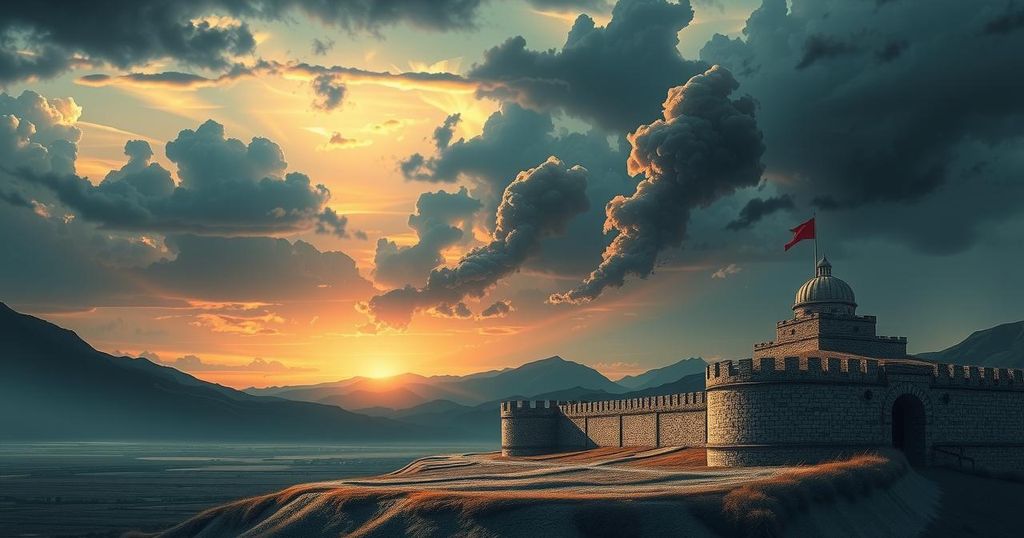M23 rebels, supported by Rwanda, have captured Saké, closing in on Goma, a vital city in eastern Congo. This escalation comes after years of conflict, raising concerns about regional stability. The conflict’s background involves allegations of foreign support and stalled peace efforts, with significant implications for the population of Goma and the broader region.
The M23 rebel group, backed by Rwanda, has made significant advances toward Goma, a key city in eastern Democratic Republic of the Congo. Recent reports confirm the capture of Saké, a strategic town just before reaching Goma, prompting a swift retreat by Congolese forces. This marks a notable escalation in the ongoing conflict, reminiscent of the group’s short-lived capture of Goma in 2012, which lasted two weeks until international pressure forced withdrawal.
As the M23 rebels have regained strength since late 2021, they have achieved several victories against the Congolese army. Concurrently, peace negotiations led by Angola have stalled, creating a precarious situation for the region. The presence of U.N. peacekeepers, whose mandate was recently renewed, remains uncertain amidst growing tensions and the challenges posed by the ongoing conflict.
The importance of Goma, with its population exceeding two million, cannot be overstated; its potential fall to the M23 would represent a significant turning point in this longstanding conflict. The United States and the United Nations accuse Rwanda of financially and logistically supporting the M23, allegations that Rwanda has consistently denied. It is crucial to monitor ongoing developments closely due to the implications for regional stability.
The M23 group, originating largely from past conflicts in Congo, has a history of engagement in violence and instability. Since their last significant activity, which ended in defeat in late 2013, the group has been largely dormant until resurging in late 2021. The conflict in the region is often intertwined with struggles for power and resources, exacerbated by external influences, particularly from Rwanda. As international involvement and humanitarian crises complicate the situation, the dynamics between Congo and its neighboring countries remain critical to understanding the broader conflict. The ongoing involvement of foreign entities, humanitarian challenges, and stalled peace processes add layers of complexity to an already volatile environment. The role of international observers and peacekeeping forces was originally established to safeguard stability but has faced numerous challenges in execution, leaving many looking towards regional actors for resolutions.
In summary, the escalating situation near Goma reflects a resurgence of the M23 rebels, significantly impacting regional security and stability. With Goma at risk of falling into rebel hands, the implications extend beyond immediate military confrontations, potentially affecting millions and attracting further international concern. The stalling of peace negotiations and uncertain roles of various stakeholders emphasize the complexities facing the Democratic Republic of the Congo and its neighbors.
Original Source: www.nytimes.com






